▻ Omnibus XI
Episode Eleven
Episode Summary:-
Corks were popping this week (virtually, of course) as far-flung correspondents for The Wine Conversation Zoomed in from the US, UK, and France to celebrate the first anniversary of the podcast, which is now broadcast to 95 countries around the world, and to look back at an eventful year in the world of wine.
Sarah Kemp begins by asking John Stimpfig for his recollections, and he replies that “it’s been a busy and blustery year, in all sorts of ways,” mentioning how the real world, in the form of COVID, has impacted on the wine world, imposing restrictions on transport and supplies especially, and on so many levels, and how it continues. The other big issue, he notes, was climate change, and the consequences there were “pretty awful,” with fires, frosts, and floods in many regions. He also notes the passing of many great people, including Steven Spurrier, Pio Boffa, Albert Roux, Becky Wasserman, Jim Clendenen and others.
Sarah reminds him that there were quite a few positive stories as well, such as Vitalie Taittinger’s taking over the family business from her father, the German winemakers who saved themselves in a flood by swimming away from their winery and were rescued clinging to a tree planted years before by their grandfather, and Jane Anson’s reporting on the wine and vine cuttings sent into space as research into climate change effects – there’s resilience as well as optimism in the wine picture, she says, citing her interview with Peter Vinding-Diers, who has planted Syrah in Sicily and produced really fine wine; John mentions that he’s proud of his interview with Bruce Jack, which highlighted South Africa’s problems but also its opportunities.
Another notable series of events has been the big changes in wine media, he points out: Jancis Robinson’s sale of her website to a private-equity firm, Jane Anson leaving Decanter to set up her own in-depth website, Lisa Perotti-Brown leaving as editor of The Wine Advocate, replaced by Joe Czerwinski, with William Kelley now made deputy editor, and the Wine Spectator getting a new editor, Jeffery Lindenmuth, after the retirement of Tom Matthews, as well as Decanter, where the new editor, Chris Maillard, doesn’t have a wine background but has good magazine experience.
John has one other media story, a new one: Anne Krebiehl MW has been appointed editor of Falstaff, a magazine formerly published only in German on the wines of Germany, Austria, and Switzerland, and now also a media company in English, with a website and digital issues as well, and a focus on fine wine, food and travel (similar to the approach of Club Oenologique, he notes. Sarah, who interviewed the formidable author of “The Wines of Germany” book earlier in the year, agrees that it’s an exciting development.
Finally, John also notes that it’s been a good year for wine book – 161 books nominated for the Andre Simon Awards, a good sign. He singles out Matt Walls’ “Wines of the Rhône” as outstanding and recommends Anthony Rose’s “Fizz: Champagnes and Sparkling Wines of the World,” a book that shifts the focus away from Champagne and toward many other excellent sparklers. He also cites “On California: Napa to Nebbiolo,” an entry from the Academie du Vin, an anthology featuring essays by Hugh Johnson, Gerald Asher, Warren Winiarski, Paul Draper, and many others, as quite expressive of California’s drive for excellence. A most surprising entry is “Wines of South America,” by Amanda Barnes. It’s well-written and thorough, he says, with good photos and design; amazingly, it’s self-published.
Sarah also singles out a favourite book, Jasper Morris’s “Inside Burgundy.” It’s 800 pages long, and covers 1,200 vineyards, 300 villages, 700 domaines, and has terrific maps: A splendid book, quite nuanced, and a tour de force, she says.
From New York, Elin McCoy chimes in with her favourites, as well as some thoughts about wine books in general. Her first choice, highly recommended, is “Portugal and the Wines Time Forgot,” by Simon Woolf and Ryan Opaz. Focused mostly on dry table wines, she says, it’s not a guidebook, but a series of travel impressions and background on history and politics: “The wines are simply getting better and better,” she says. Then, two wine books she says taught her a lot, especially about a different view of the wine world, which is that of the generation known as millennials. One is “Sparkling Wine for Modern Times: A Drinker’s Guide to the Free-Wheeling World of Bubbles,” by Zachary Sussman, which she says will surprise a lot of Champagne lovers, as it focuses on, and is an essential tool for evaluating, sparkling wine from everywhere but Champagne, a great guide and really well-written as well. Then, more of a memoir, “You Had me at Pet-Nat,” by Rachel Signer, a coming-of-age story about a young woman who found herself in the community of natural-wine lovers, and travelled to Paris, Italy, and Georgia, finally to Australia, where she’s now happily making natural wine. Maybe it’s an indication of the place of wine in the lives of the next generation, the new adventure, Elin says. She also tells of a startling development – the book is on sale at Walmart, the giant discount retailer. She says she doesn’t have a favourite, though – if you love wine, there were many good narratives this year.
Elin also looks back on her favourite stories: “It’s been astounding,” she exclaims. The lifting of Trump’s tariffs was a huge boost for wine, especially in restaurants, which were being squeezed. Another major story has been the sales of family wineries to bigger, corporate ones, such as Treasury and Boisset, as well as the sale of the Chateau Ste. Michelle group to a private-equity company, who immediately, it is reported, tried to spin off Stag’s Leap Wine Cellars for one billion dollars.
And NFTs and crypto-currency are changing things, she reports, even at Robert Mondavi winery, which is selling three lots of wine from the prestigious To Kalon vineyard, different Cabernet blends made by three famous winemakers, in 1,966 porcelain magnum bottles (the winery was founded in 1966), at $3,500 each, crypto-currency accepted. “Whenever there’s a crossover story about tech or new-money ventures in wine, I’m intrigued, but still don’t totally understand how it works,” she chuckles, but seriously notes that it looks like we’re all going to be paying more for wine, whether it’s from shortages or inflation.
Elin then reports on some new trend – one is an alliance between Barefoot wines (a Gallo subsidiary) which is selling some of its wines with a “gourmet” version of Oreo cookies as an accompanying munch. Not to be outdone, Kendall-Jackson has introduced a wine-and-chocolate gift set – the chocolates contain dried and ground-up Chardonnay grapes blended with dark chocolate, to go with the wine.
Going from wine business to show business, Elin concludes with a review of wine in the extremely popular TV series “Succession.” It’s a satire on a highly dysfunctional wealthy family battling to see who succeeds the patriarch – lots of scandals and back-stabbing ensue. But, she points out, wine is featured as a potent symbol, spotlighting character dynamics, a signal that melodrama is about to ensue, as a weapon, and also to indicate all-round cluelessness. Consequently, when a character is contemplating adultery, she is holding a glass of white wine; then there’s a biodynamic segment, and one where a character aerates wine by whirling it in a blender (he calls it “hyper-decanting”) and another where a character opens a very expensive bottle belonging to someone else, without knowing what the wine means to the owner, nor how special it is. It’s sad that wine is consumed so joylessly in this series, she says, but if you’re going to watch it, maybe the solution is to drink something really good, to offset that.
Sarah then talks with Jane Anson in Bordeaux, introducing her as the only Wine Conversation contributor who understands NFTs (Jane’s story on crypto-currency was one of our most offbeat, and fascinating), and who has just launched her own website, www.janeanson.com. They agree it’s been a busy year for everyone. Noting the new website, Sarah wonders if it’s possible to get a sneak preview of some of Jane’s wines of the year, and Jane responds that she decided, ahead of the holidays, to recommend wines to drink now, that you can happily share. Two that are special for her were Chateau Canon 1961, “quite special, lovely,” and Petrus 2000, the wine that was sent into space, which she reported on and was the only journalist to taste when it returned; she calls it an amazing wine. Then, when her new website went live, she celebrated with a white Burgundy, a Puligny-Montrachet 2017 from Domaine de Montille.
Jane asks Sarah about her favourite wines worth talking about, and Sarah responds with Asphodele 2019, the first dry white from Chateau Climen – “it stole my heart,” says Sarah. The other especially notable wine was red, Peter Vinding-Diers’ Vignolo Montecarrubo 2019, a Syrah from the slopes of Mount Etna in Sicily: “savoury, suave, and mysterious, with extraordinary personality.” Jane agrees with that, saying the words could as well describe the winemaker. What wine for Christmas Day? Sarah says it will be her last bottle of Haut-Brion 2000, but concludes that there’s still enough of an abundance of good wines, worth talking about as well as drinking, from so many places, to give wine lovers cause for rejoicing. She then thanks all our listeners, and promises more great stories in the coming year.
““I think it is the human stories often behind the wines which are just so fascinating and engaging, and it’s great to be able to delve into that sort of detail and colour.” ”
Running Order:-
-
0.00 – 10.50
“What has been going in the wider world has certainly affected our wine world in so many ways.”
– John Stimpfig
– Review of the best wine stories of 2021.
– The changes in the wine media in 2021. -
10.51 – 33.00
“I think it is a really exciting time for book lovers and wine lovers who like reading about wine.”
– John Stimpfig
– John Stimpfig discusses “Wines of the Rhone” by Matt Walls, “Fizz: Champagne and Sparkling Wine of the World” by Anthony Rose, “On California; Napa to Nebbiolo,” an anthology published by Academie du Vin, and “Wines of South America” by Amanda Barnes.
– Sarah Kemp talks about the second edition of “Inside Burgundy” by Jasper Morris MW.
– Elin McCoy likes “Portugal and the Wines Time Forgot” by Simon Woolf and Ryan Opaz, “Sparkling Wines for Modern Times: A Drinker’s Guide to the Free-Wheeling World of Bubbles” by Zachary Sussman and “You had me at Pet-Nat, a Natural Wine-Soaked Memoir” by Rachel Signer. -
33.01 – 46.25
“Wine is a very potent motif, a status symbol, a weapon, a signal that drama is going to ensue, it spotlights character dynamics and all- around cluelessness.”
– Elin McCoy
– Elin looks at the big US stories from the wine world including the lifting of tariffs and the sale of family wineries.
– Crypto-currency and NFTs in the US wine business.
– Elin’s predictions on wine prices in 2022.
– Barefoot wine’s new package, Barefoot wine plus Oreo cookies, and Kendall-Jackson’s new wine and chocolate gift set.
– The role of wine in the TV series “Succession”. -
46.26 – 55.02
“I chose the wines you can open and drink and share with your friends right now.”
– Jane Anson
Jane Anson and Sarah Kemp discuss their favourite wines of the year and discuss what they will be drinking for Christmas.
RELATED POSTS
Keep up with our adventures in wine
Further Information:-
The Wines of Germany – Anne Krebiehl MW
Wines of the Rhone – Matt Walls
Fizz: Champagnes and Sparkling Wines of the World – Anthony Rose
On California: Napa to Nebbiolo
Wines of South America – Amanda Barnes
Inside Burgundy – Jasper Morris
Portugal and the Wines Time Forgot – Simon Woolf and Ryan Opaz
Sparkling Wine for Modern Times: A Drinker’s Guide to the Free-Wheeling World of Bubbles – Zachary Sussman
You Had me at Pet-Nat – Rachel Signer
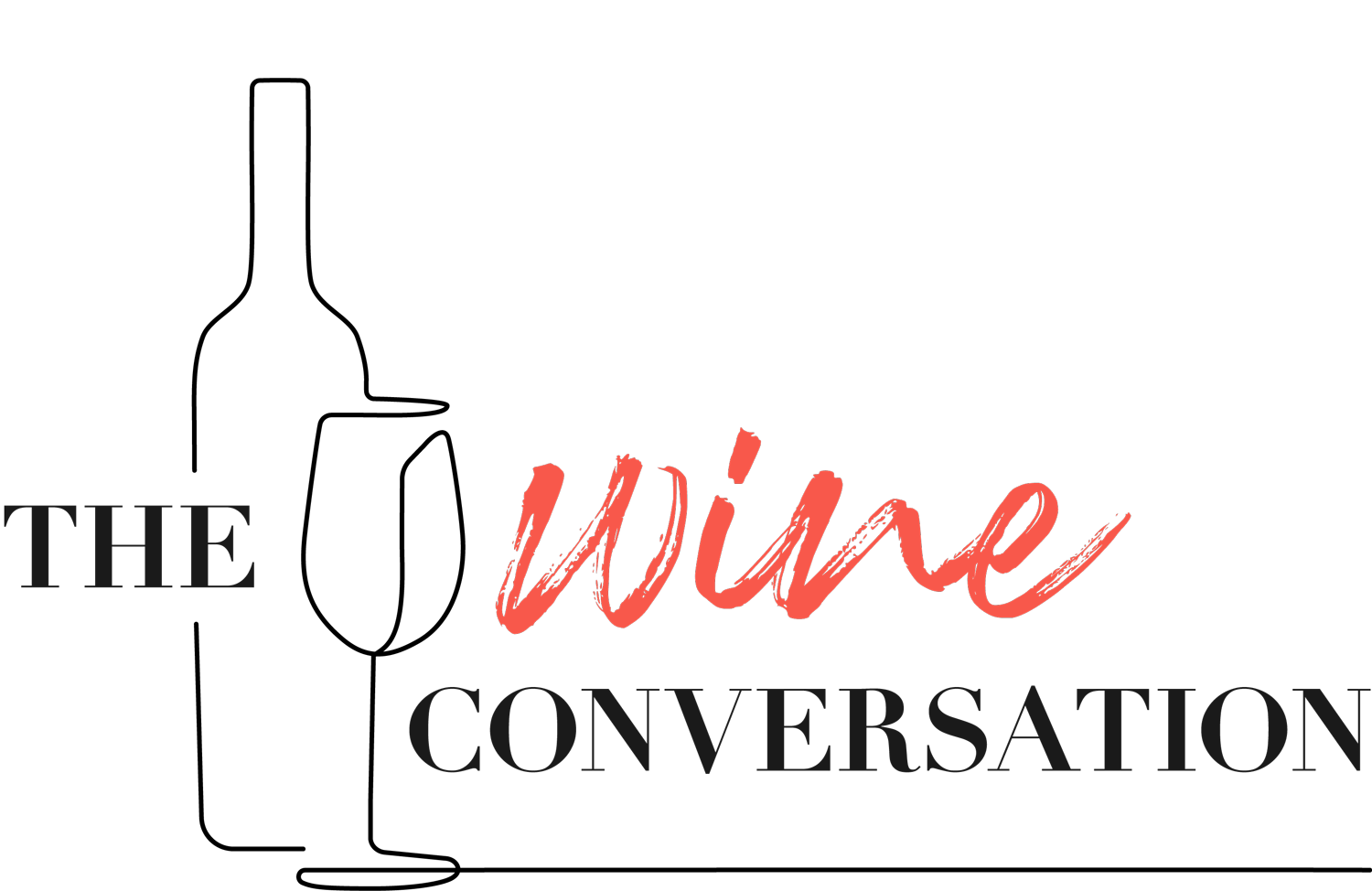




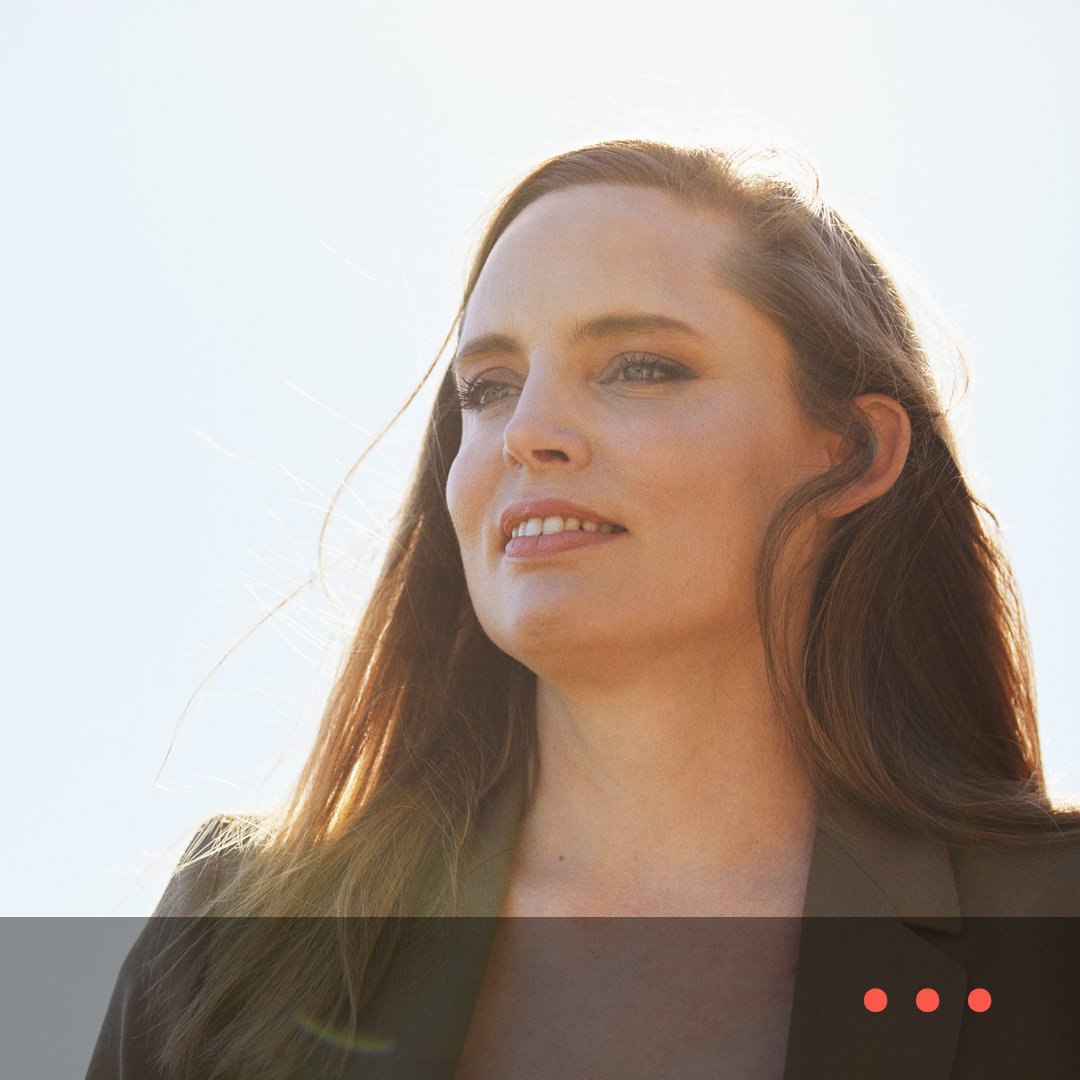
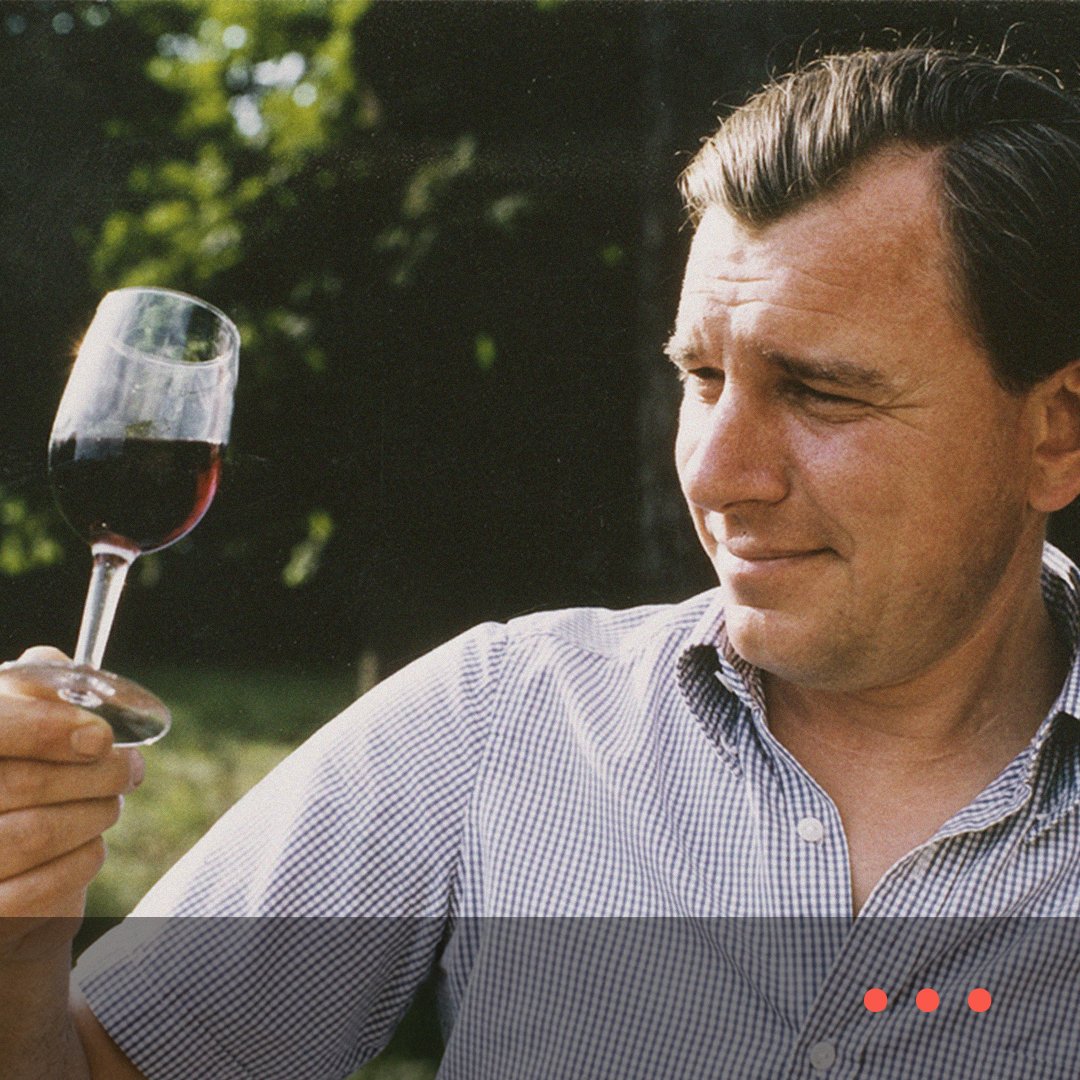
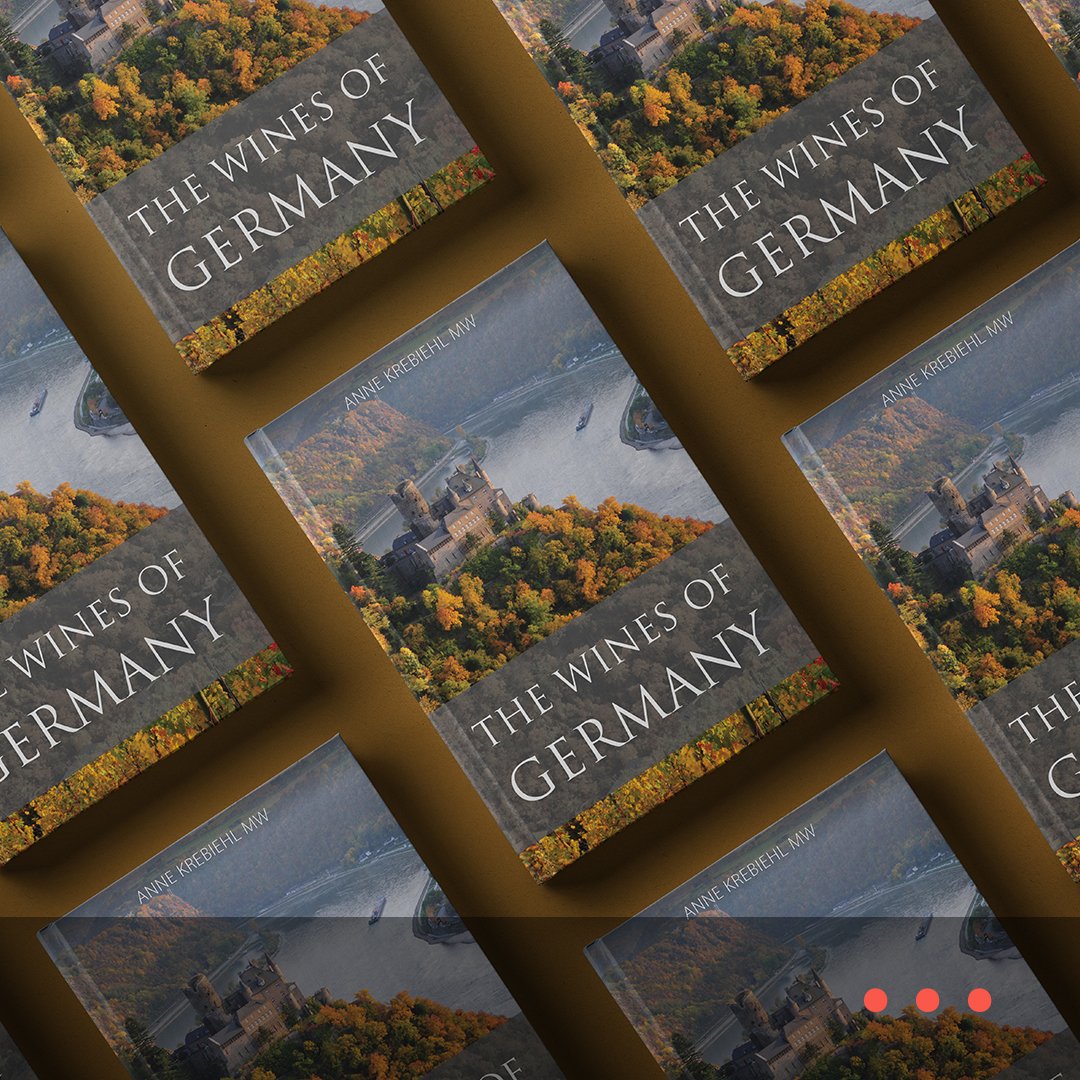
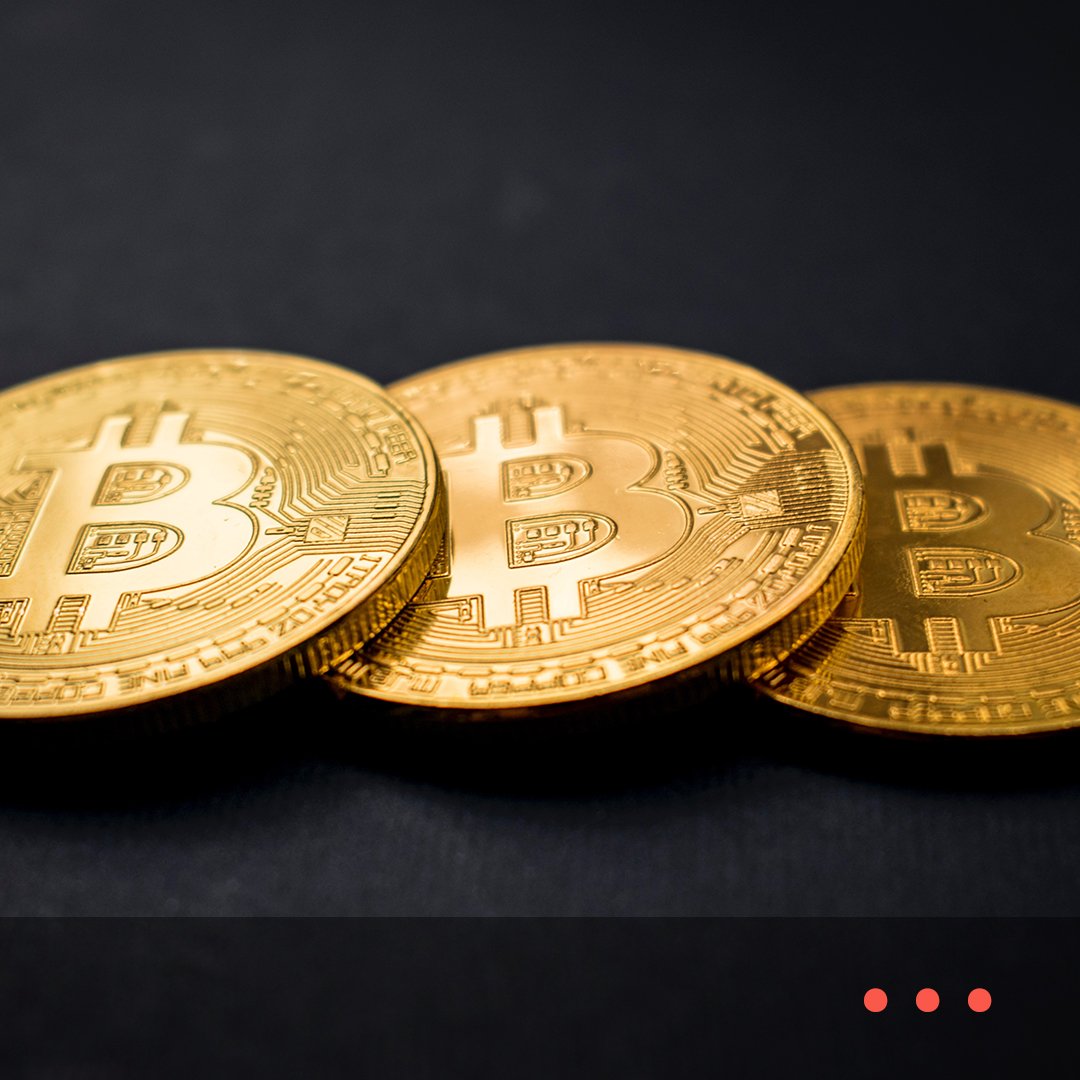
Emergency Bordeaux podcast! Jane Anson and Sarah Kemp discuss the news that has sent seismic waves around the wine world.